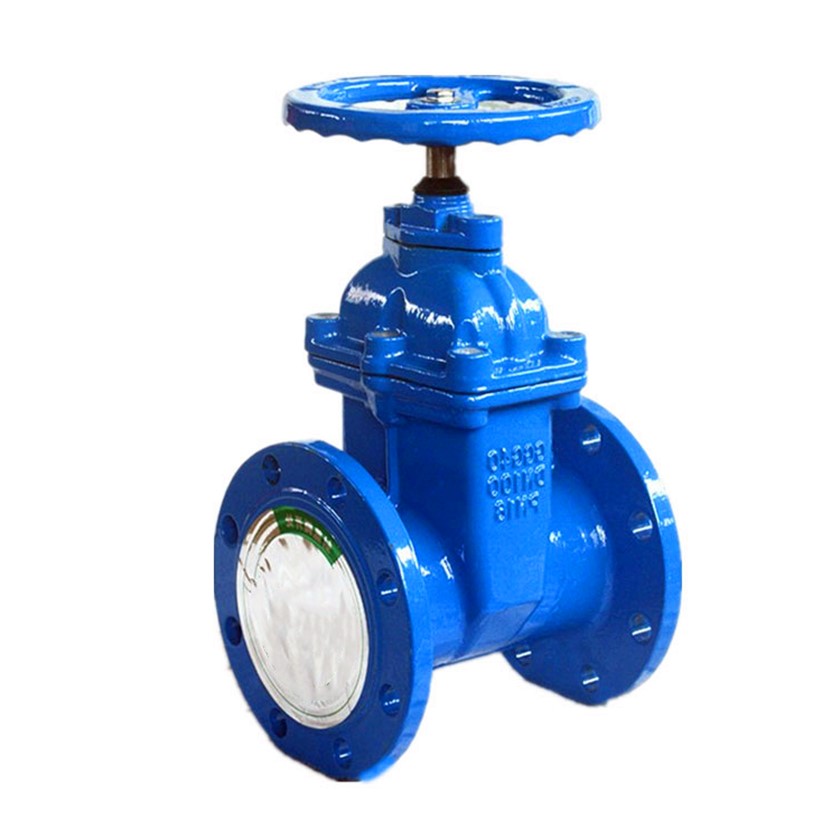solenoid needle valve
Understanding Solenoid Needle Valves
A solenoid needle valve is a type of control valve that regulates fluid flow through a system using electromagnetic force. This innovative mechanism combines the principles of solenoid operation and needle valve design, offering enhanced precision in fluid control applications across various industries, including automotive, petrochemical, and manufacturing.
The Basics of Solenoid Operation
At the core of a solenoid needle valve is the solenoid itself, which consists of a coil of wire through which an electrical current passes. When energized, the coil creates a magnetic field that actuates a plunger, typically made of ferromagnetic material. This plunger’s movement translates into the control of fluid flow in the valve. As the plunger moves, it adjusts the position of a needle-like element, which either opens or closes the fluid passage.
Needle Valve Design
Needle valves are known for their fine control over flow rates, making them ideal for applications requiring precise adjustments. The needle's pointed tip allows for gradual opening and closing, enabling operators to control the flow to a fine degree. This characteristic is particularly beneficial in situations where small flow variations can lead to significant outcomes, such as in chemical processing or laboratory environments.
Applications of Solenoid Needle Valves
solenoid needle valve

Solenoid needle valves are widely used in various applications due to their accuracy and reliability. In the automotive industry, they control the fuel injection process, ensuring optimal performance and efficiency. In HVAC systems, they manage refrigerant flow to maintain desired temperatures and improve energy efficiency.
In industrial settings, these valves are essential for regulating fluid dynamics in processes like mixing, spraying, and chemical reactions. The pharmaceutical industry, too, relies on solenoid needle valves for precise liquid dispensing and process control, vital for maintaining product consistency and quality.
Advantages and Limitations
The primary advantage of solenoid needle valves lies in their ability to offer precise flow control while requiring minimal physical space. They can be electronically controlled, enabling automation and integration into modern control systems, which boosts efficiency and reduces the need for manual intervention.
However, there are limitations to consider. Solenoid needle valves may not be suitable for high-pressure applications because the solenoid may not provide enough force to overcome the pressure, leading to potential failures. Furthermore, the electromagnetic components can be susceptible to temperature extremes and electromagnetic interference, necessitating careful consideration when selecting a valve for specific environments.
Conclusion
In summary, solenoid needle valves represent an essential technology in fluid control systems, combining the benefits of electromagnetic actuation with the precise control of needle valves. Their wide range of applications and inherent advantages make them invaluable in industries such as automotive, HVAC, and pharmaceuticals. Understanding their function, benefits, and limitations allows engineers and technicians to implement these valves effectively, ensuring optimal performance in various operational scenarios. As technology continues to evolve, solenoid needle valves will undoubtedly play a crucial role in the advancement of fluid management systems, further enhancing efficiency and reliability in industrial applications.
-
The Key to Fluid Control: Exploring the Advantages of Ball Valves in Industrial SystemsNewsJul.09,2025
-
The Versatile World of 1, 2, and 3 Piece Ball ValvesNewsJul.09,2025
-
Stainless Steel Ball Valves: The Ideal Choice for Efficient Flow ControlNewsJul.09,2025
-
Optimizing Fluid Control with Ball Float ValvesNewsJul.09,2025
-
Manual Gate Valves: Essential for Control and EfficiencyNewsJul.09,2025
-
Everything You Need to Know About Butterfly ValvesNewsJul.09,2025
-
The Versatility of Wafer Type Butterfly ValvesNewsJul.08,2025




